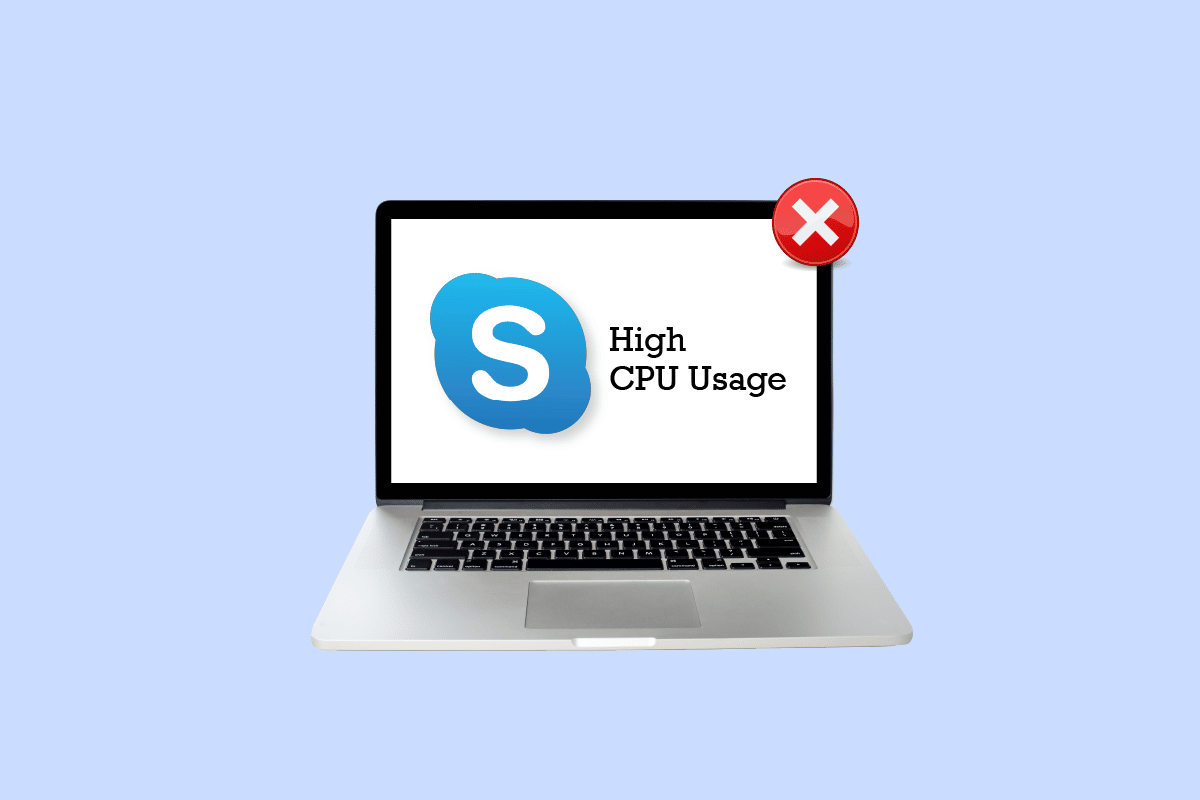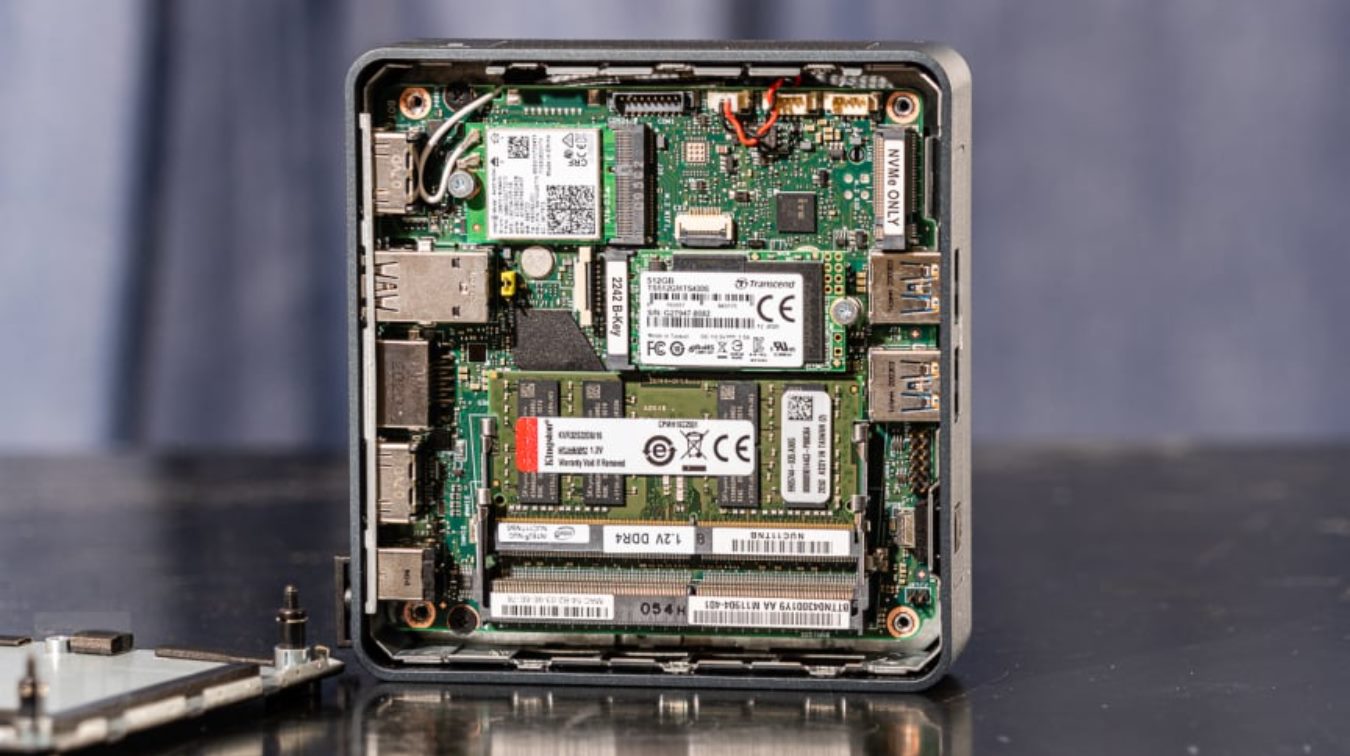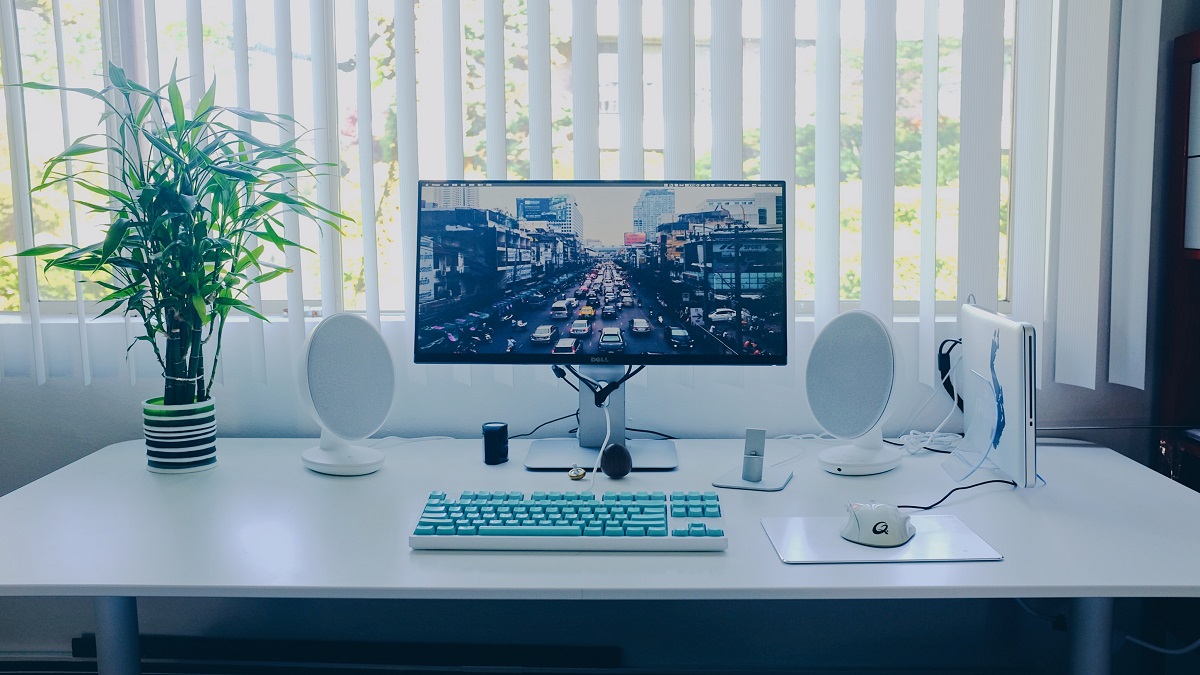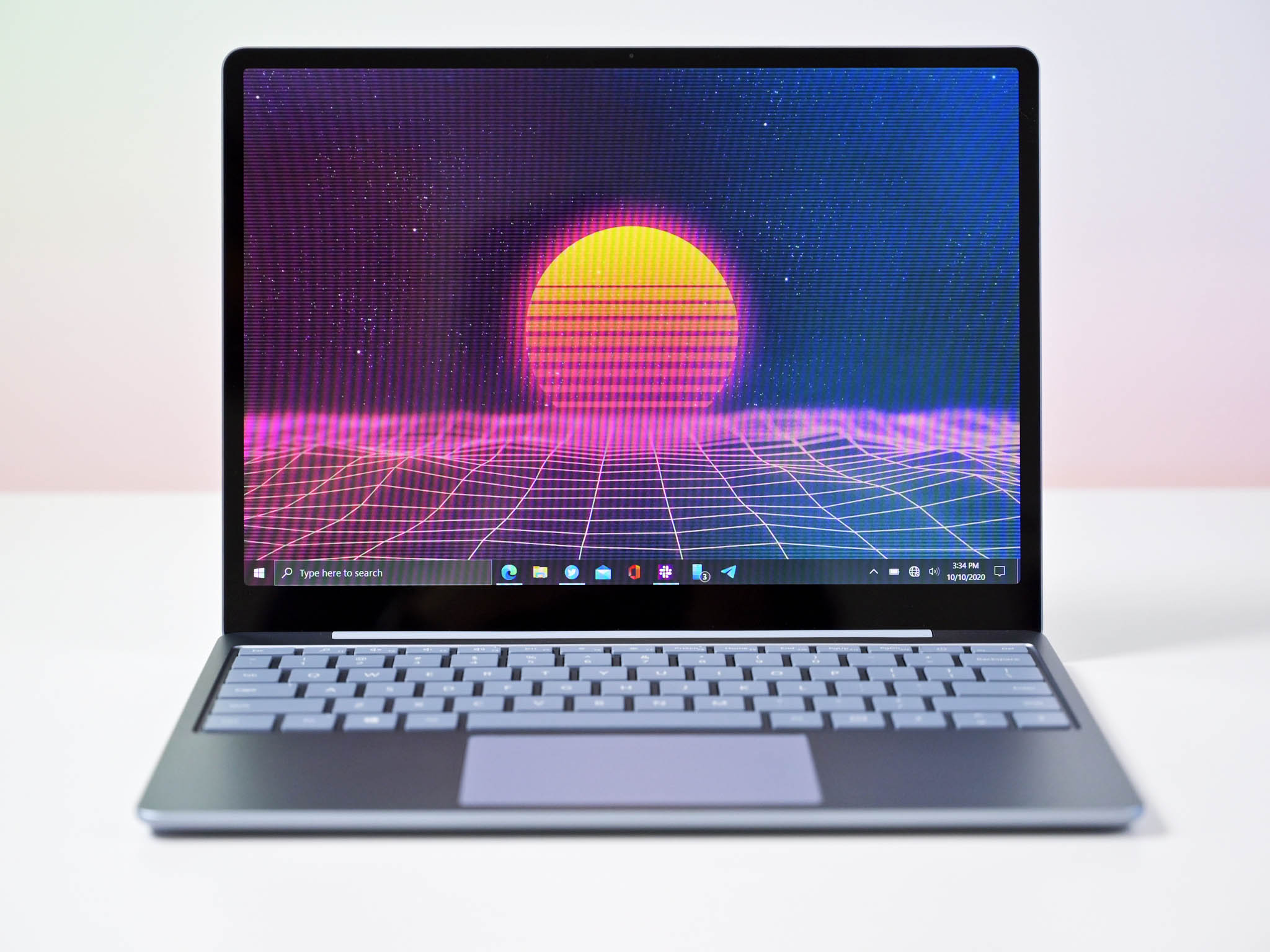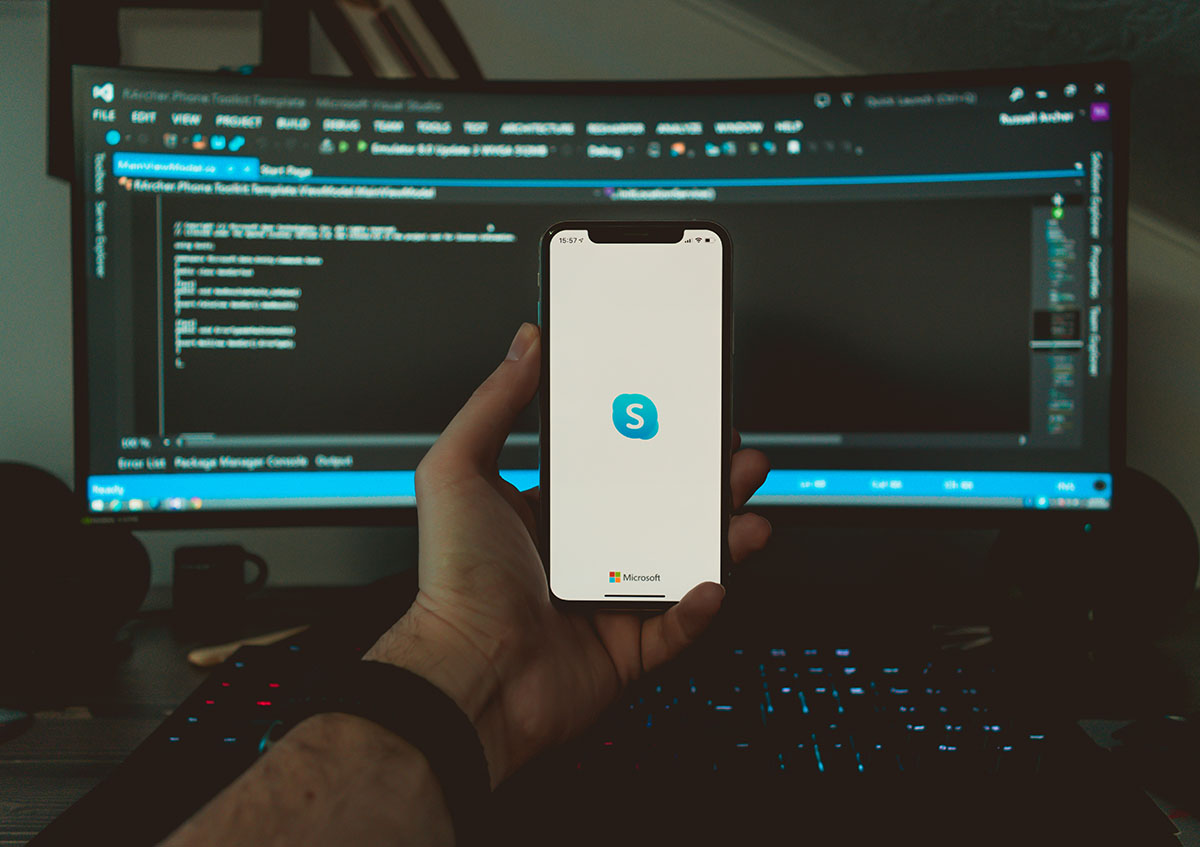Introduction
Skype is a popular communication platform that allows individuals and businesses to connect with others through voice and video calls, instant messaging, and file sharing. While Skype offers many useful features, some users may experience high CPU usage, which can slow down their computer and impact overall performance.
High CPU usage in Skype is often caused by various factors, such as outdated software, excessive background processes, or unnecessary features enabled. If you frequently use Skype and notice that it is consuming a significant amount of CPU resources, there are several steps you can take to alleviate this issue and make Skype use less CPU.
In this article, we will explore different methods to optimize Skype’s performance and reduce CPU usage. By following these steps, you can enjoy a seamless Skype experience while minimizing the impact on your computer’s resources.
So, if you’re tired of Skype slowing down your computer or you simply want to optimize its performance, read on to learn how to make Skype use less CPU.
Check for Updates
One of the first steps to address high CPU usage in Skype is to ensure that you are using the latest version of the software. Developers often release updates that include bug fixes, performance improvements, and optimizations. By keeping your Skype application up to date, you can minimize any potential issues that might be causing excessive CPU usage.
To check for updates in Skype, follow these simple steps:
- Open the Skype application on your computer.
- Click on the three-dot menu icon located at the top-left corner of the screen.
- Select “Help & Feedback” from the drop-down menu.
- In the Help & Feedback section, click on “Check for Updates.”
- If an update is available, follow the on-screen prompts to download and install it.
After updating Skype, restart the application to ensure that the changes take effect. Checking for updates regularly will not only help improve performance but also ensure that you have access to the latest features and security enhancements.
In addition to updating Skype itself, it’s also essential to keep your operating system and other software up to date. This ensures compatibility with Skype and can help resolve any performance-related issues.
Remember to check for updates regularly to keep your Skype application running smoothly and reduce CPU usage.
Reduce the Number of Running Programs
If you notice that Skype is using a significant amount of CPU resources, it is worth checking if you have multiple resource-intensive programs running simultaneously. Running too many programs at once can overload your computer’s CPU and lead to performance issues, including high CPU usage in Skype.
To reduce the number of running programs and free up CPU resources, follow these steps:
- Take a moment to assess the programs currently open on your computer.
- Identify any resource-heavy programs that you do not need to use while running Skype.
- Close or exit these unnecessary programs by clicking on the ‘X’ button or using the keyboard shortcut ‘Alt + F4.’
- Consider closing any unnecessary browser tabs or applications running in the background.
By reducing the number of concurrent programs running on your computer, you can allocate more CPU resources to Skype. This can help decrease its CPU usage and improve overall performance.
If closing programs and tabs doesn’t significantly reduce CPU usage in Skype, you may need to explore other optimization methods discussed in this article.
Remember, it’s important to strike a balance between the programs you need to run and the available resources on your computer. By keeping unnecessary programs closed while using Skype, you can experience a smoother and more efficient communication experience.
Disable Unnecessary Skype Features
Skype offers a range of features and settings that can enhance your communication experience. However, enabling certain features can consume additional CPU resources, leading to higher CPU usage. Disabling unnecessary features in Skype can help reduce its CPU usage and improve overall performance.
Here are some features you can consider disabling in Skype:
- Animated Emoticons: While animated emoticons can add flair to your conversations, they require CPU resources to render the animations. To disable animated emoticons, go to “Settings” > “Messaging” and uncheck the “Show animated emoticons” option.
- Video Background: Skype allows you to use a blurred or virtual background during video calls. However, this feature uses additional CPU resources to process the background effects. To disable the video background, go to “Settings” > “Audio & Video” and uncheck the “Blur my background” or “Virtual background” options.
- Auto-Start: Skype may automatically start when you turn on your computer, consuming CPU resources even when you are not using the application. To disable auto-start, go to “Settings” > “General” and toggle off the “Automatically start Skype” option.
- Notifications: Skype notifications can be helpful, but they can also contribute to increased CPU usage due to constant updates. To limit notifications, go to “Settings” > “Notifications” and choose the notification settings that suit your needs.
By disabling unnecessary features, you can reduce the strain on your computer’s CPU, leading to lower CPU usage in Skype. Experiment with different feature settings to find the right balance between functionality and performance.
Remember to apply the changes and restart Skype to ensure that the disabled features take effect and result in improved performance.
Next, we will explore another method to optimize Skype’s performance and reduce CPU usage: adjusting call quality settings.
Adjust Call Quality Settings
The call quality settings in Skype determine the amount of resources required to maintain a smooth and clear conversation. By adjusting these settings, you can optimize Skype’s performance and reduce its CPU usage.
Here’s how you can adjust the call quality settings in Skype:
- Open the Skype application on your computer.
- Click on the three-dot menu icon located at the top-left corner of the screen.
- Select “Settings” from the drop-down menu.
- In the Settings window, click on “Calling” in the left-hand sidebar.
- Under the “Call quality” section, you will find options to adjust the call quality settings.
- Consider reducing the call quality settings such as selecting a lower microphone quality, lowering the speaker volume, or adjusting the video resolution.
Reducing the call quality settings can help free up CPU resources, leading to lower CPU usage in Skype. However, it’s important to find the right balance between call quality and performance. Experiment with different settings to achieve the desired results.
Additionally, if you experience issues with call quality or CPU usage during video calls, you can consider disabling the video feature and opting for audio-only calls.
Remember to click on the “Save” or “Apply” button to apply the changes to your settings. After adjusting the call quality settings, restart Skype to ensure the changes take effect.
By optimizing the call quality settings in Skype, you can reduce CPU usage and enjoy a seamless communication experience.
Next, we will explore how disabling visual effects can further help in reducing CPU usage.
Disable Visual Effects
Skype includes various visual effects that can enhance the aesthetic appeal of the application. However, these effects can also consume additional CPU resources. Disabling unnecessary visual effects in Skype can help reduce its CPU usage and improve overall performance.
Here’s how you can disable visual effects in Skype:
- Open the Skype application on your computer.
- Click on the three-dot menu icon located at the top-left corner of the screen.
- Select “Settings” from the drop-down menu.
- In the Settings window, click on “Appearance” in the left-hand sidebar.
- Under the “Themes” section, choose a theme option that has minimal or no visual effects.
By selecting a theme that is optimized for performance, you can disable unnecessary visual effects while using Skype. This can help reduce the strain on your computer’s CPU and improve the overall responsiveness of the application.
In addition to selecting a suitable theme, you can also consider disabling other visual effects such as animated emojis, chat scrolling animations, and background images. These options can typically be found within the “Settings” or “Appearance” sections of the application.
Remember to apply the changes and restart Skype to ensure that the disabled visual effects take effect and result in improved performance.
By disabling unnecessary visual effects, you can allocate more CPU resources to the essential functions of Skype, resulting in reduced CPU usage and a smoother user experience.
Next, we will explore another method to optimize Skype’s performance and reduce CPU usage: updating your computer’s drivers.
Update Your Computer’s Drivers
Outdated or incompatible drivers can contribute to high CPU usage in Skype and impact overall performance. Updating your computer’s drivers ensures that they are compatible with the latest software and can help resolve any issues that might be causing excessive CPU usage.
Here’s how you can update your computer’s drivers:
- Identify the drivers that need to be updated. You can do this by checking the websites of your computer manufacturer or individual hardware manufacturers.
- Visit the official website of the manufacturer and search for the latest drivers for your specific hardware component.
- Download the latest drivers and follow the installation instructions provided by the manufacturer.
- Repeat this process for all the drivers that need updating, such as the graphics card, audio device, network adapter, and chipset.
Updating your drivers not only helps resolve compatibility issues but also ensures that your computer is using the latest optimization techniques. This can result in improved performance and reduced CPU usage in Skype.
Alternatively, you can use third-party driver update software that scans your computer for outdated drivers and automatically downloads and installs the latest versions. Make sure to choose a reputable software that is trusted and recommended by other users.
After updating the drivers, restart your computer to ensure that the changes take effect. Additionally, launch Skype and observe whether the CPU usage has improved after the driver updates.
Regularly updating your computer’s drivers is essential to maintain optimal performance. By keeping all the drivers up to date, you can minimize compatibility issues and reduce CPU usage in Skype.
Next, we will explore another method to optimize Skype’s performance and reduce CPU usage: closing background applications.
Close Background Applications
Running multiple applications in the background can consume CPU resources and contribute to high CPU usage in Skype. Closing unnecessary background applications can help alleviate the strain on your computer’s CPU and improve overall performance.
Here’s how you can close background applications:
- Take a moment to assess the applications running in the background on your computer.
- Identify any non-essential applications that you don’t need while using Skype.
- Right-click on the application’s icon in the system tray or taskbar and choose “Close” or “Exit.”
- Alternatively, you can open the Task Manager by pressing “Ctrl + Shift + Esc” on your keyboard. In the Task Manager, navigate to the “Processes” or “Applications” tab and select the applications you want to close. Then click on the “End Task” or “Close” button.
Closing unnecessary background applications frees up CPU resources for Skype, allowing it to run more efficiently and reducing overall CPU usage. This can result in improved call quality and a smoother communication experience.
Keep in mind that some applications may automatically restart after closing. To prevent this, you can disable the option to launch applications on startup or adjust the application settings accordingly.
If you frequently use certain applications in the background, consider adjusting their settings to minimize their impact on CPU usage. For example, some applications allow you to reduce their resource usage or change their update frequency to prevent them from consuming excessive CPU resources.
By closing unnecessary background applications and optimizing the ones you need to keep running, you can significantly reduce CPU usage in Skype and improve its overall performance.
Next, we will explore another method to optimize Skype’s performance and reduce CPU usage: using a wired internet connection.
Use a Wired Internet Connection
Having a stable and reliable internet connection is crucial for a smooth Skype experience. Using a wired internet connection instead of Wi-Fi can help minimize latency, packet loss, and other network-related issues that can contribute to high CPU usage in Skype.
Here are the steps to switch to a wired internet connection:
- Locate the Ethernet port on your computer or laptop.
- Connect one end of an Ethernet cable to the Ethernet port on your computer.
- Connect the other end of the Ethernet cable to a LAN port on your router or modem.
By using a wired internet connection, you can avoid the potential interference and fluctuations commonly associated with Wi-Fi signals. This reduces the likelihood of dropped calls, audio or video glitches, and high CPU usage in Skype.
If you are unable to connect your computer directly to the router or modem, you can consider using a powerline adapter or a Wi-Fi range extender with an Ethernet port. These devices allow you to extend the wired connection to areas where a direct connection is not feasible.
While a wired connection generally provides a more stable and reliable network connection, it is important to ensure that your internet service provider (ISP) delivers the expected speed and stability. If you continue to experience high CPU usage in Skype despite using a wired connection, you may need to contact your ISP to troubleshoot any potential network issues.
By utilizing a wired internet connection, you can minimize network-related problems and improve the performance and CPU usage of Skype, resulting in a more fluid and uninterrupted communication experience.
Next, we will explore another method to optimize Skype’s performance and reduce CPU usage: clearing the Skype cache.
Clear Skype Cache
Over time, Skype accumulates cache files that can take up valuable disk space and potentially affect its performance. Clearing the Skype cache can help resolve any issues related to cache buildup and reduce CPU usage.
To clear the Skype cache, follow these steps:
- Exit the Skype application completely.
- Press the “Windows” key + “R” on your keyboard to open the Run dialog box.
- Type “%appdata%\Skype” (without quotes) in the Run dialog box and click “OK.”
- This will open the Skype folder in File Explorer.
- Locate and delete all the files and folders within the Skype folder.
By clearing the Skype cache, you remove any temporary files that may be causing performance issues. This can help reduce CPU usage and improve overall responsiveness when using Skype.
After clearing the cache, launch Skype again and observe if there is any improvement in CPU usage. It’s worth noting that clearing the cache will not delete your chat history or call logs, as they are stored on Skype’s servers.
If you use Skype on multiple devices, it is recommended to clear the cache on each device to ensure consistency in performance.
In addition to clearing the cache, it’s beneficial to regularly update Skype to the latest version. Newer versions often come with performance improvements and bug fixes that can contribute to lower CPU usage.
Remember, clearing the Skype cache is a simple yet effective solution that can help optimize its performance and reduce CPU usage. Consider incorporating this step into your regular maintenance routine for a smoother Skype experience.
Next, let’s summarize the key points discussed in this article.
Conclusion
Skype is a powerful communication platform that allows us to connect with others around the world. However, high CPU usage in Skype can impact overall performance and hinder the user experience. By following the steps mentioned in this article, you can optimize Skype’s performance and reduce CPU usage.
We started by checking for updates to ensure that you have the latest version of Skype, which often includes performance enhancements. Next, we recommended reducing the number of running programs and disabling unnecessary Skype features to free up CPU resources. Adjusting call quality settings and disabling visual effects in Skype can also contribute to reducing CPU usage.
Keeping your computer’s drivers up to date is crucial for compatibility and performance optimization. Additionally, closing background applications and using a wired internet connection can help create a stable environment for Skype and minimize CPU usage.
Lastly, clearing the Skype cache can resolve any cache-related issues and further improve performance. By incorporating these optimization techniques into your Skype usage, you can enjoy a smoother and more efficient communication experience.
Remember to regularly update Skype and your computer’s drivers, as well as perform routine maintenance tasks such as closing unnecessary applications and clearing the cache. By doing so, you can minimize CPU usage and ensure that Skype runs at its best.
Implementing these steps will help you optimize Skype’s performance and reduce CPU usage, allowing you to make the most out of this powerful communication tool.







